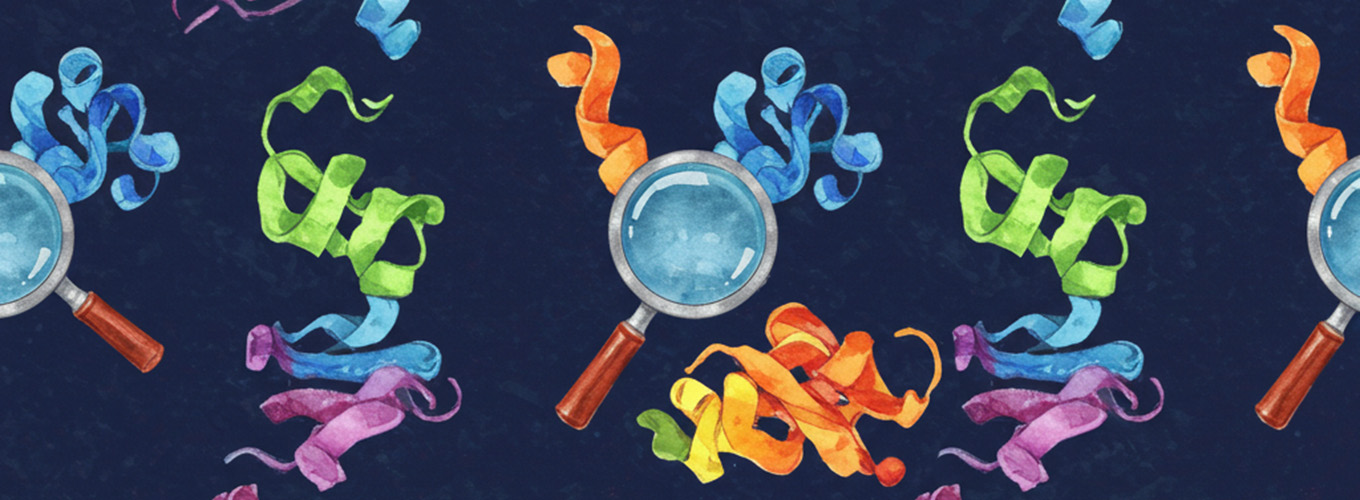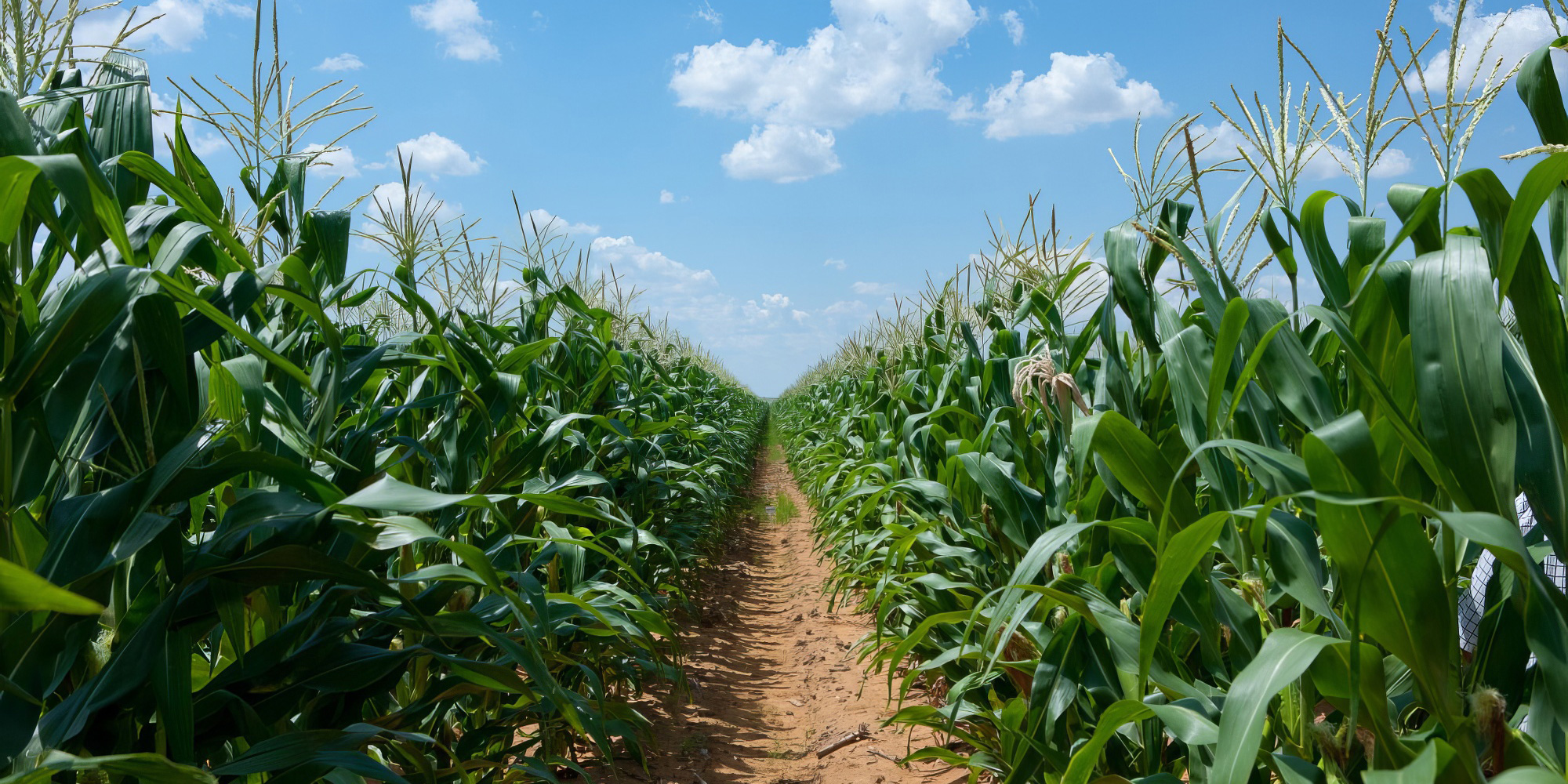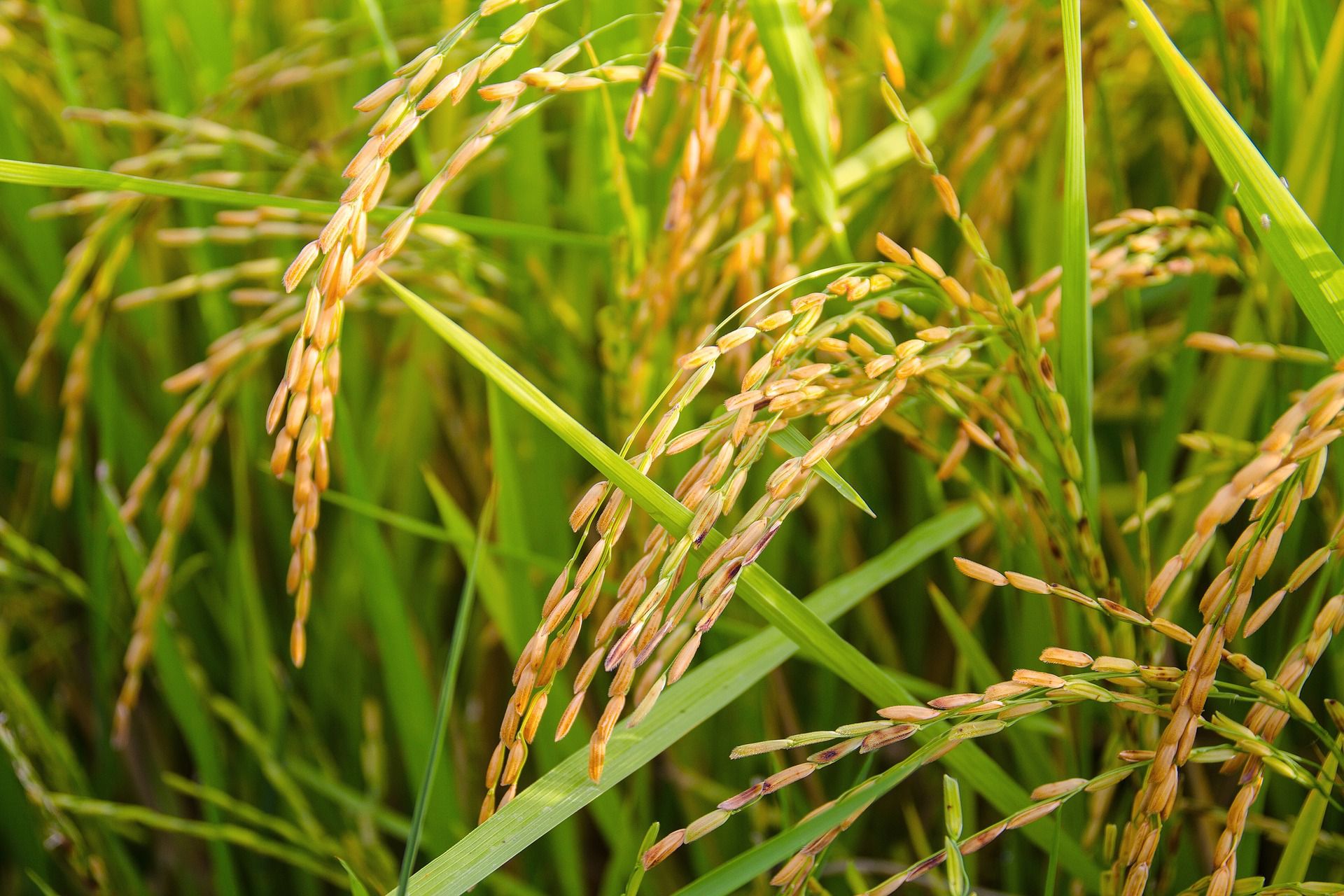
Crops, Climate & CRISPR Regulations in Southeast Asia
In July, IGI postdoc Ellen Rim and IGI graduate student Nicholas Karavolias went to the Philippines and Thailand to connect, talk, and teach about CRISPR with local scientists and biotech regulators.
What brought you to the Philippines to teach a course on CRISPR?
Karavolias: This year, the Philippines Department of Agriculture drafted a memo of regulations — the first CRISPR agricultural regulations from a Southeast Asian country. We were invited to co-teach a course with researchers at the International Rice Research Institute (IRRI), Dr. Inez Slamet-Loedin, Dr. Yvonne Ludwig, and other members of the Slamet-Loedin lab. The goal of the course was to help Filipino biotech regulators better understand gene editing and molecular biology techniques that can be used to regulate in accordance with the memo. Our goal in visiting was not to influence how the policy gets interpreted, but to empower these folks to understand the technology so that they can make informed decisions for themselves. Inez and Yvonne from IRRI were great co-teachers.
Rim: The course was possible because Dr. Abraham Manalo from the Department of Agriculture, Dr. Melinda Kliegman at the IGI, and Dr. Slamet-Loedin at IRRI came together to plan and coordinate it. The fifteen participants in class were the government regulators from the biotechnology team who will ultimately be deciding how gene edited plant and animal products will be evaluated and monitored. They were young and enthusiastic and they just brought so much energy and knowledge about potential local applications.
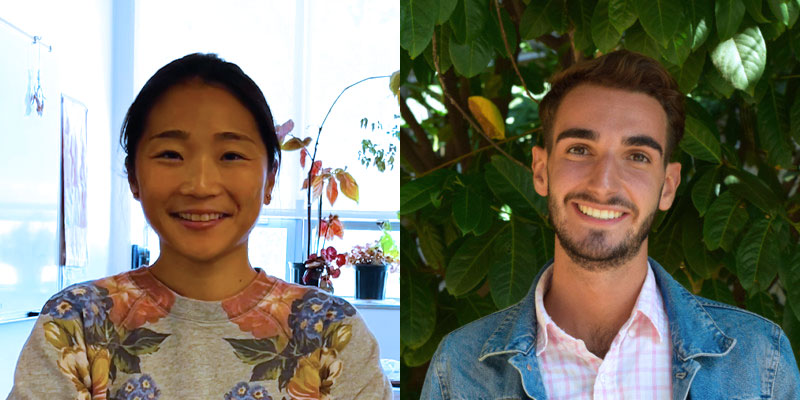
How did the course work?
Karavolias: Each day was really fun. We’d start with the lecture component. Then we’d have some type of interactive component where they were doing hands-on exercises, like interpreting DNA sequencing data. Next, we’d go to the lab and do actual experimental techniques together. And throughout all of it were discussions about how you would interpret the memo and actually make decisions.
Rim: IRRI researchers in the Slamet-Loedin lab helped with setting up hands-on lab experiments for the regulators. A lot of them hadn’t been in a lab in a long time or had never done these molecular biology experiments, so it was really cool to do some demonstrations together, including an in vitro Cas9 cutting assay.
Karavolias: Ellen also created mock dossiers by using USDA applications for gene-edited products and reconfiguring them. The participants could go through them and figure out what worked, what didn’t work, and what additional data, if any, they would need to see in an application to feel confident that a gene-edited product was ready for consumers.
Rim: We all know CRISPR is a game changer, but going through the USDA crop engineering applications, I saw small companies and academic labs submitting applications. It’s amazing to see how much CRISPR has lowered the barrier to crop engineering. Bringing GMO technologies to the market often needed the resources of a large company. Individual labs around the world are now editing crops with CRISPR.
[metaslider id=30353]
Tell me about the second leg of the trip, your stop in Thailand.
Rim: The USDA Foreign Ag Services was looking for researchers to connect with Thai government regulators, who are in the process of drafting policy around CRISPR use. We also talked with researchers doing genome editing in crops, as well as individuals at a science communication nonprofit.
Karavolias: There were really amazing opportunities baked into that trip to do a lot of information sharing. One of our takeaways was that they had a lot of facilities and infrastructure for scaling CRISPR technologies, but the knowledge resources weren’t being distributed through the same pipelines that we’re familiar with. So we were able to suggest some easy fixes, like core papers to share.
Here at IGI and in the Bay Area, we’re really in the heart of where this technology was developed. Sometimes the radiation of information out is stifled. So it was a nice opportunity to share what we knew.
Rim: It’s important to add that it wasn’t just us about us sharing knowledge. Our visits to the Philippines and Thailand were both bidirectional information exchanges — we got to learn from them, too.
Why is it meaningful to you to work with biotech regulators in Southeast Asia?
Rim: For me, the most meaningful part was being able to learn how researchers there are addressing the local needs. For example, rainfed rice paddies there face alternating drought and flooding, and that’s worsening with climate change. It was also interesting to see the different attitudes towards genome engineering generally, CRISPR vs GMOs, and what was behind that.
Karavolias: GMOs have been hard to get approved in Southeast Asia because the markets are so globalized and Europe has an oversized hand in determining what comes to market. So, anti-GMO sentiments in Europe have made it tough to get those products to market in Southeast Asia. I had one conversation with a researcher in Thailand who said, “Well, we’re gonna figure out how to gene edit and we’re gonna apply it.”
The Filipino memo is a very bold step — they are the first country in Southeast Asia to release this kind of guidance. Over the past year, there has been a lot of movement around figuring out how to smartly regulate gene-edited products. We got new regulations from India and Kenya this year. The Filipino memo brings Southeast Asia into that conversation. I see it as these countries moving to embrace technology regardless of Europe, repossess their own markets and autonomy in their markets.
Did you learn anything on the trip that will inform your own research going forward?
Rim: In the lab, we often tend to do research in a way where you are following your data to the next logical step. But that might not lead you to the most pressing problems outside of the lab. On this trip, I learned that the most urgent needs in terms of crop engineering, at least in crops most popular in Southeast Asia, are about climate resilience. Since the trip, I’ve been thinking a lot about how I can apply my research and the techniques that I use to study climate resilience.
Karavolias: I really want to emphasize what Ellen shared because, as a rice biologist, I am often disconnected from the stakeholders that are theoretically meant to benefit from any technology that could be developed. This was actually my first visit to a rice paddy outside of California, and I was just so inspired by the ways that these folks are thinking locally — they have a community-based understanding of needs. There’s a lot of information and power in understanding context that we as researchers working at a distance don’t readily have access to. I am grateful to feel connected to folks more intimately linked with the research that we are doing in our own labs far away.
[metaslider id=30369]
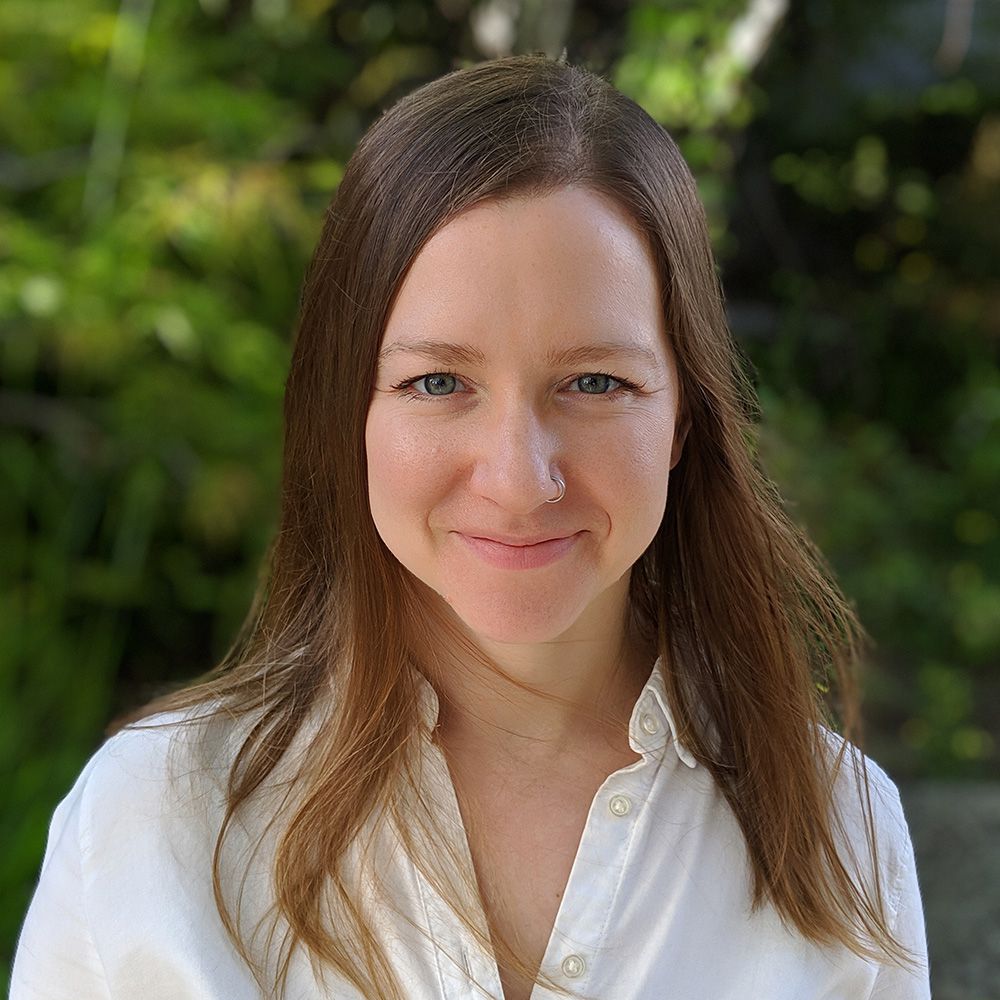 By
Hope Henderson
By
Hope Henderson
